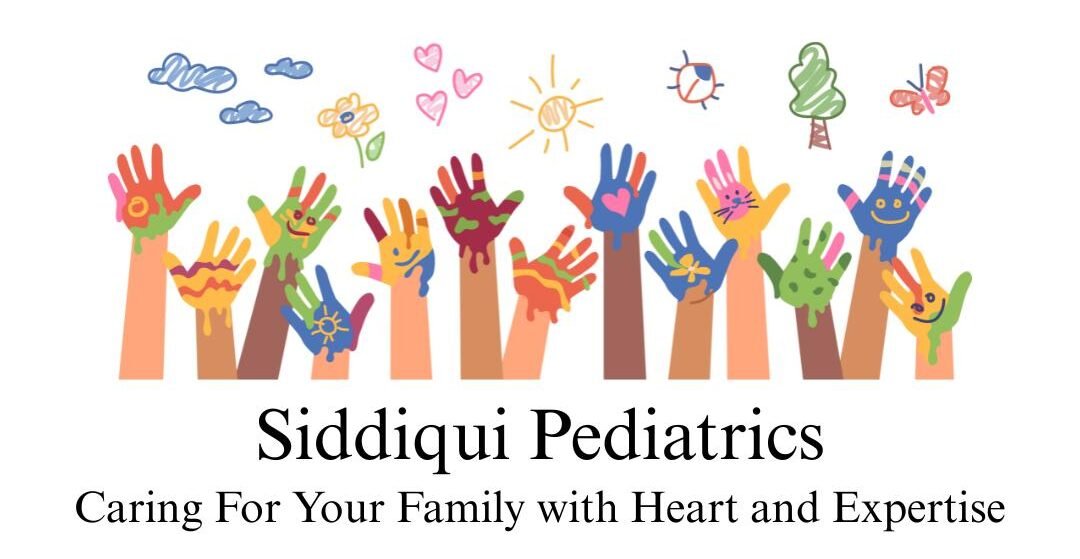Common colds and persistent coughs rank among the most frequent reasons parents seek medical care for their children. Although most upper respiratory tract infections resolve on their own, a pediatrician’s expertise is invaluable for safely managing symptoms, preventing complications, and offering reassurance. In this in-depth guide, we’ll explore the pediatrician’s approach to diagnosing, treating, and educating families about colds and coughs. You’ll learn:
- The distinct steps in a pediatric assessment
- Age-appropriate treatments and interventions
- Red flags that signal more serious problems
- Preventive strategies recommended by pediatric experts
By the end, you’ll understand why consulting a pediatrician for colds and coughs ensures the best outcomes for your child’s health and comfort.
1. Understanding Pediatric Upper Respiratory Infections
1.1 What Constitutes a Common Cold and Persistent Cough?
Upper respiratory infections (URIs) involve the nose, throat, and airways. Key symptoms include nasal congestion, runny nose, sore throat, and cough. While most colds clear within 7–10 days, a cough may linger for up to three weeks as the airways recover. However, when a cough persists beyond three weeks or worsens, it’s classified as persistent and requires further evaluation.
1.2 Why Children Are Particularly Susceptible
Children, especially those under five, encounter multiple viral exposures at school or daycare. Their developing immune systems respond vigorously, often producing more mucus and coughing reflexes. Additionally, smaller airways can become more easily irritated or constricted, contributing to increased cough severity.
2. The Pediatrician’s Diagnostic Process

A pediatric assessment for colds and coughs hinges on a thorough history and physical exam.
2.1 Detailed Medical History
Pediatricians begin by asking targeted questions:
- Symptom onset and duration: When did congestion start? How long has the cough persisted?
- Pattern and triggers: Is the cough worse at night, with activity, or around pets?
- Associated symptoms: Fever, ear pain, wheezing, or difficulty breathing?
- Previous treatments: Over-the-counter medications tried, home remedies, and their effectiveness.
- Environmental factors: Exposure to tobacco smoke, allergens, or recent travel.
Accurate history helps differentiate viral colds from bacterial infections, allergies, asthma, or foreign-body aspiration.
2.2 Physical Examination
On examination, pediatricians evaluate:
- Nasal passages and throat: Redness, swelling, post-nasal drip, or tonsillar enlargement.
- Chest and lungs: Auscultation for wheezing, crackles, or reduced breath sounds indicating pneumonia or bronchitis.
- Vital signs: Temperature, respiratory rate, and oxygen saturation.
- Observation: Work of breathing, posture, and behavior.
In select cases, additional tests are ordered: rapid antigen tests for influenza or RSV, chest X-rays if pneumonia is suspected, or allergy testing for chronic coughs.
3. Evidence-Based Treatment Strategies
Pediatricians prioritize safe, effective, and age-appropriate interventions.
3.1 Symptomatic Relief
Hydration and Humidification
- Hydration: Keeping mucus thin facilitates clearance. Pediatricians recommend frequent fluids—breast milk, formula, or water for older children.
- Humidifiers: Cool-mist humidifiers in the child’s room help ease nasal congestion and soothe irritated airways. Clean devices daily to prevent mold.
Nasal Saline and Suction
- Saline drops or spray: Gentle saline rinses clear nasal passages without medication side effects.
- Bulb syringe or nasal aspirator: Recommended for infants who cannot blow their nose. Use before feeds and sleep to improve breathing and feeding.
Safe Medications
- Acetaminophen or ibuprofen: For fever or discomfort, dosed according to weight. Pediatricians caution against aspirin due to Reye’s syndrome risk.
- Cough suppressants and expectorants: Generally not recommended for children under six. Pediatricians focus on non-pharmacologic measures and only consider medications for older children when benefits outweigh risks.
3.2 Targeted Therapies for Persistent Cough
Albuterol or Inhaled Bronchodilators
If exam reveals wheezing or bronchiolitis, pediatricians may prescribe inhaled bronchodilators to open airways and reduce cough.
Steroid Nasal Sprays
For children with allergy-driven coughs or chronic rhinitis, low-dose nasal corticosteroids can decrease inflammation and post-nasal drip, reducing nighttime cough.
Antibiotics
Used sparingly and only when clinical or laboratory evidence suggests bacterial bronchitis, sinusitis, or pneumonia. Overprescribing antibiotics can lead to resistance and unnecessary side effects.
4. Monitoring and Follow-Up
Persistent or worsening symptoms require close follow-up.
4.1 When to Schedule a Follow-Up Visit
Pediatricians advise follow-up if:
- Symptoms persist beyond two weeks without improvement
- New signs develop: high fever, breathing difficulty, ear pain, or rash
- Parents have concerns about feeding, sleep, or unusual behavior
4.2 Red Flags to Watch For
Parents receive clear instructions on warning signs:
- Labored breathing or tachypnea
- Blue lips or fingernails
- Signs of dehydration: reduced wet diapers, dry mouth, sunken fontanelle
- Persistent high fever despite treatment
Timely follow-up prevents escalation and ensures appropriate care.
5. Preventive Measures and Education

Pediatricians emphasize prevention as much as treatment.
5.1 Vaccinations
Keeping immunizations current shields children from influenza, pertussis, and pneumococcal disease—common culprits of severe cough and cold complications.
5.2 Hand Hygiene and Respiratory Etiquette
Teaching children proper handwashing techniques and covering coughs reduces viral spread. Pediatricians often provide fun, age-appropriate hand-washing songs or games.
5.3 Environmental Controls
Reducing exposure to secondhand smoke, indoor allergens, and crowded childcare settings minimizes infection risk.
6. The Pediatrician as a Holistic Partner
Pediatricians support families beyond treating acute symptoms.
6.1 Guidance on Development and Well-Being
As your child recovers, pediatricians address growth milestones, behavior, nutrition, and sleep patterns. If respiratory issues persist or developmental concerns arise, early referral to specialists ensures timely interventions. In fact, recognizing when to seek care parallels signs detailed in our article on 10 Signs It’s Time to Visit a Baby Doctor Near You.
6.2 Preparing for Preteen Challenges
As children approach school age, new concerns emerge—screen time, peer interactions, and social media safety. Our pediatric experts have crafted The Pediatrician’s Guide to Social Media Prep for Preteens to help families navigate these issues confidently.
7. Case Management: When to Escalate Care
While most colds and coughs resolve with primary pediatric care, some cases warrant specialist consultation:
- Persistent wheezing or asthma-like symptoms: Referral to a pediatric pulmonologist
- Recurrent sinus or ear infections: ENT evaluation
- Chronic cough lasting over eight weeks: Comprehensive respiratory workup
A pediatrician’s comprehensive care plan ensures seamless transitions to subspecialty care when needed.
For every child battling a cold or persistent cough, a pediatrician offers expert assessment, evidence-based treatments, and compassionate support. From initial diagnosis to preventive strategies and long-term health planning, their role is indispensable. By partnering with a trusted pediatric clinic, you equip your family with the knowledge and resources to tackle respiratory illnesses confidently.
